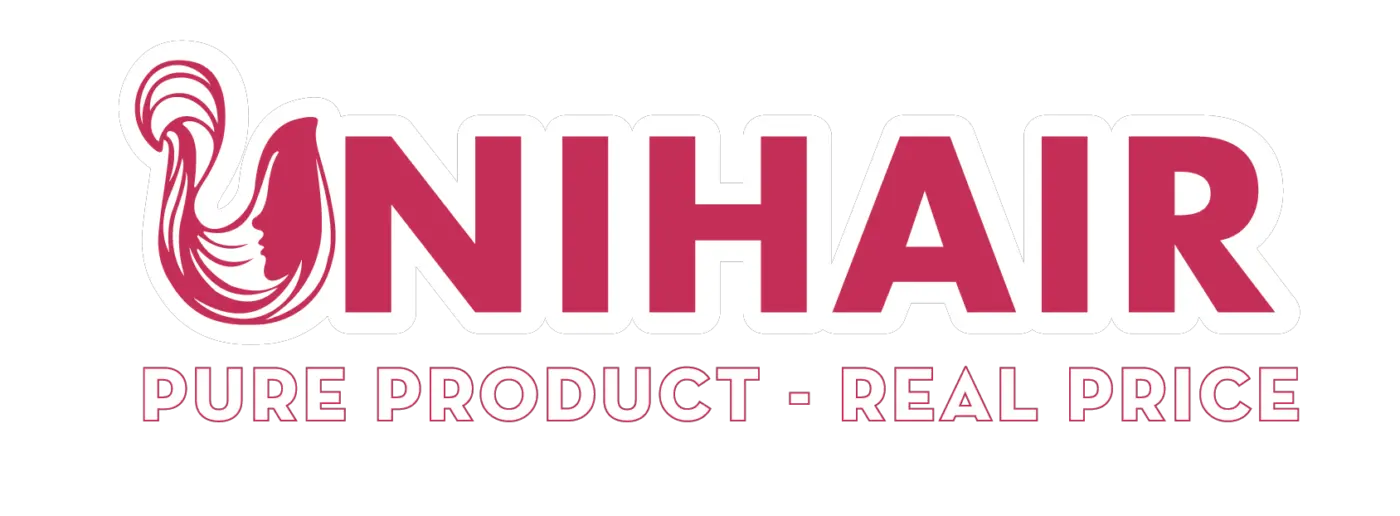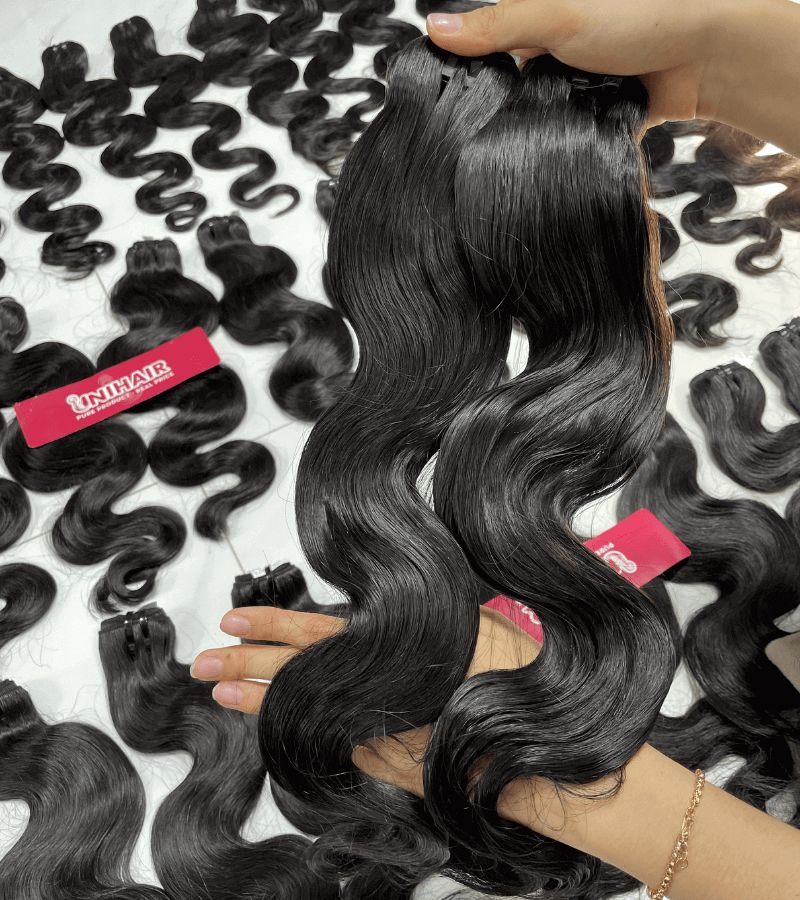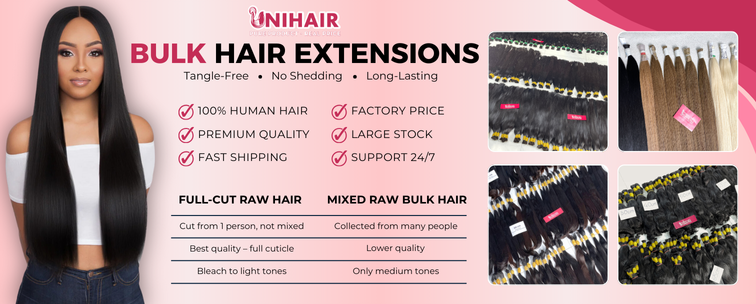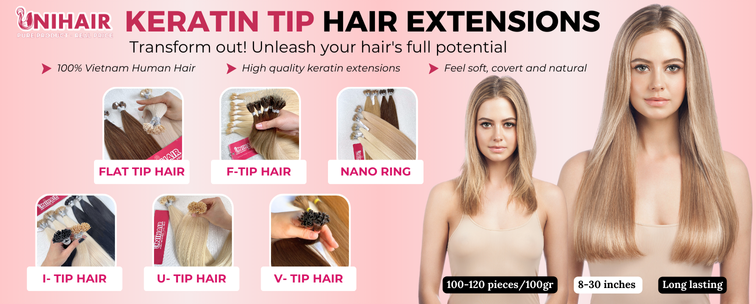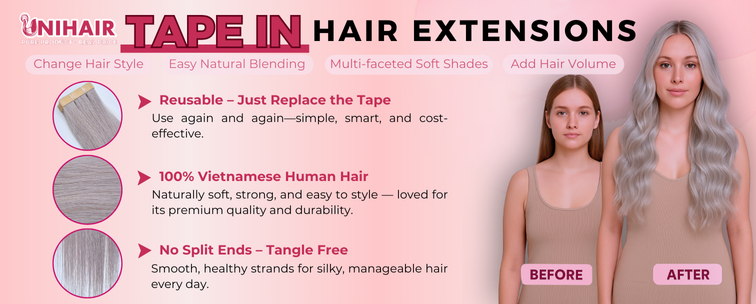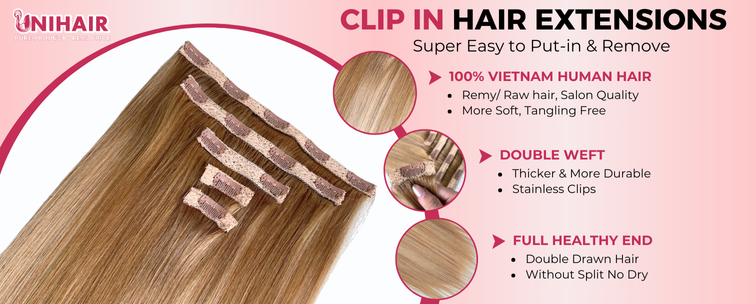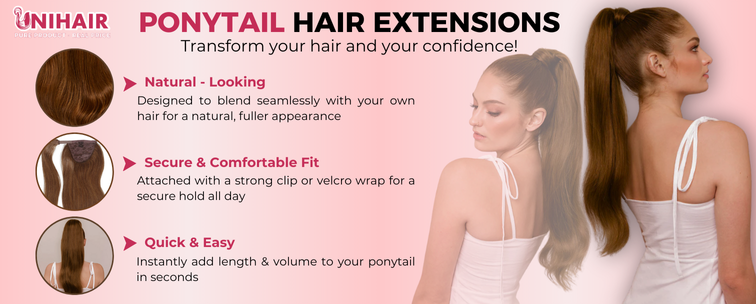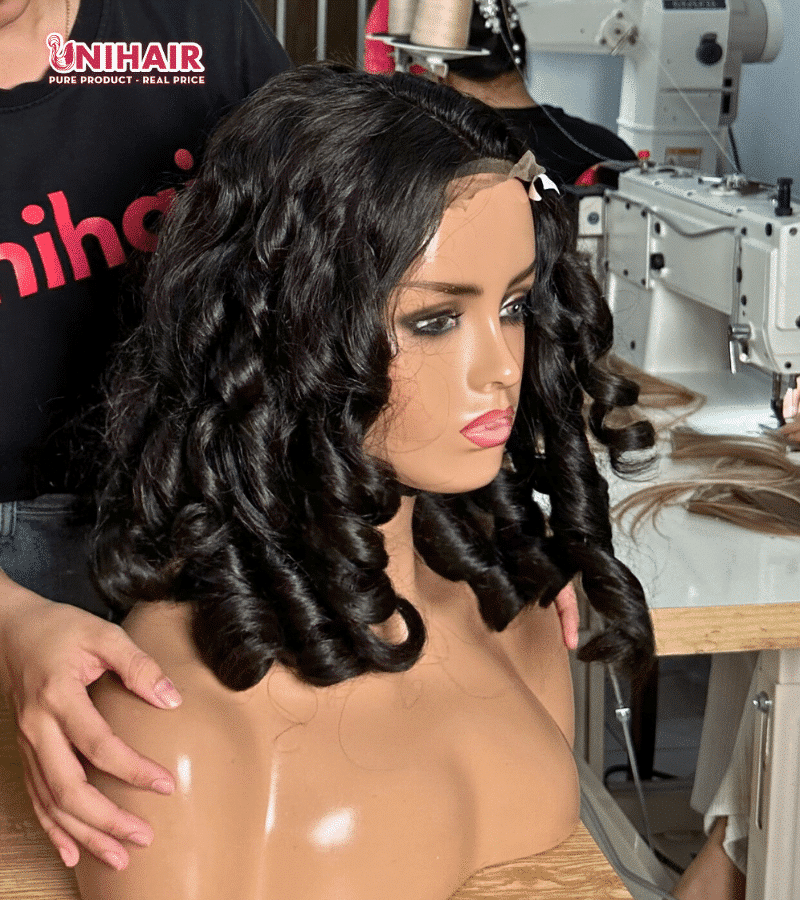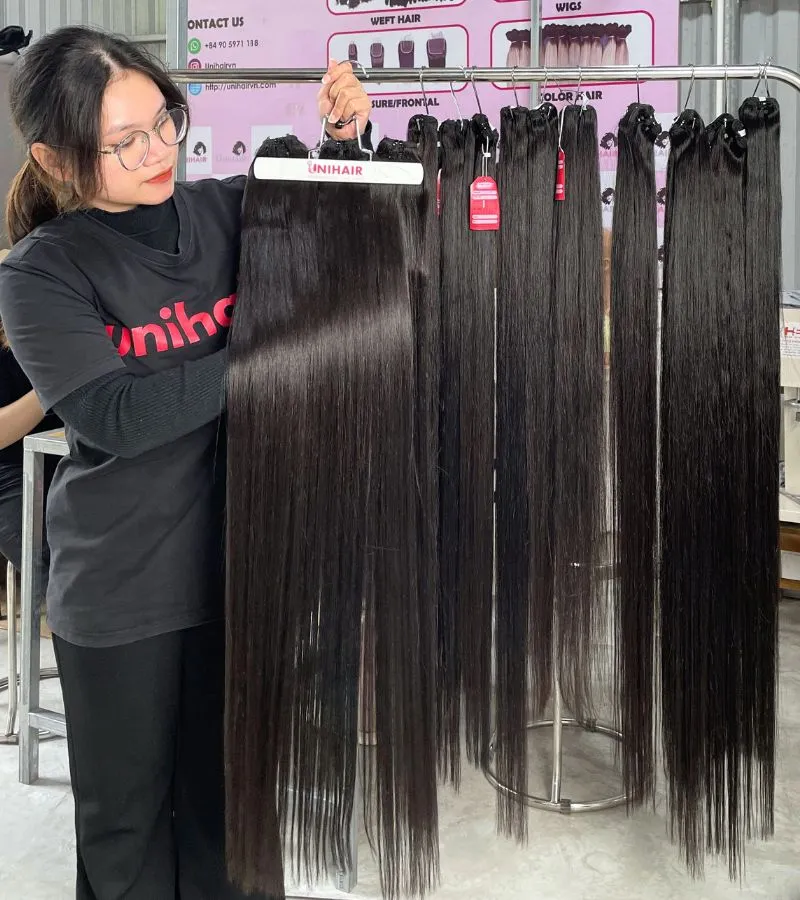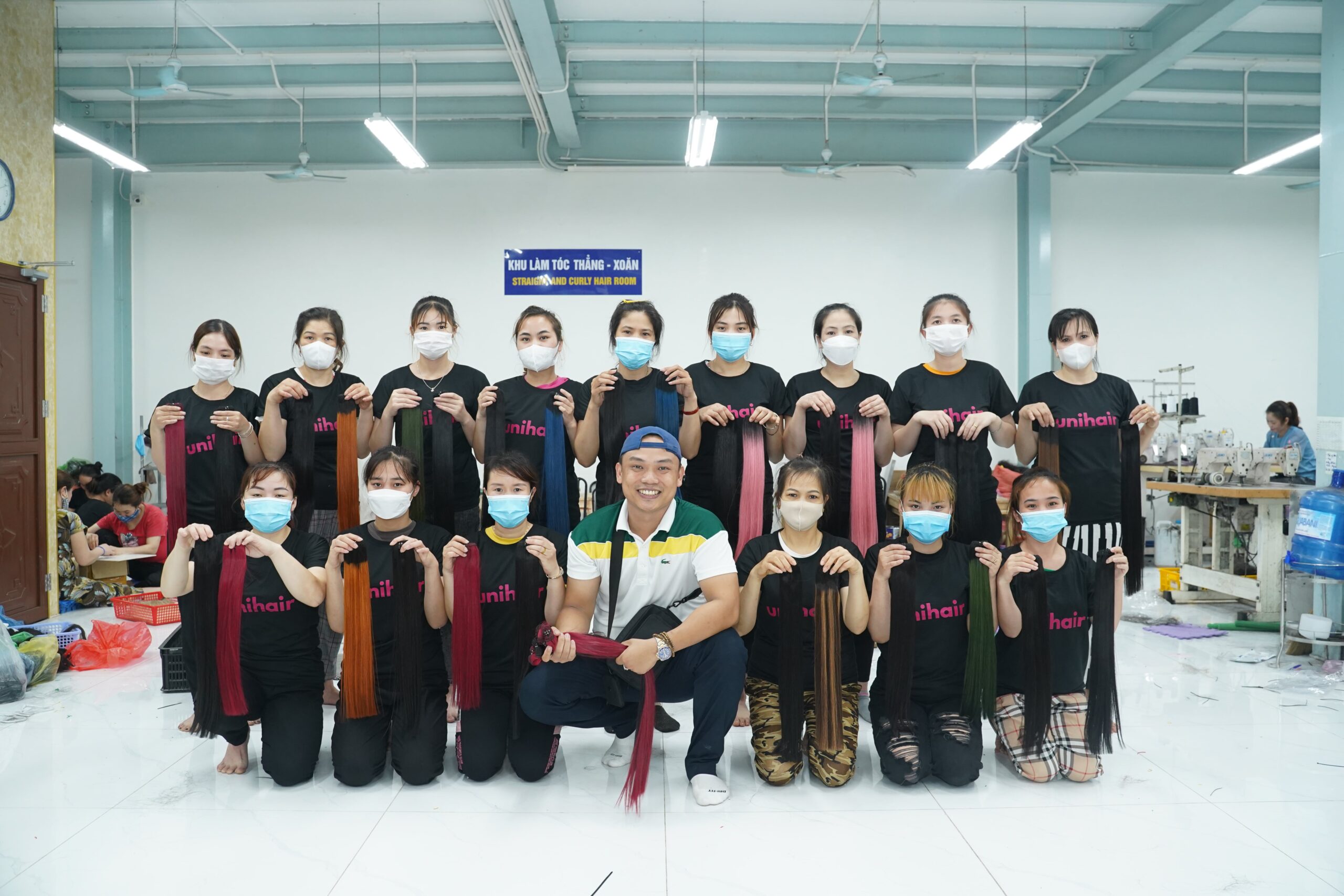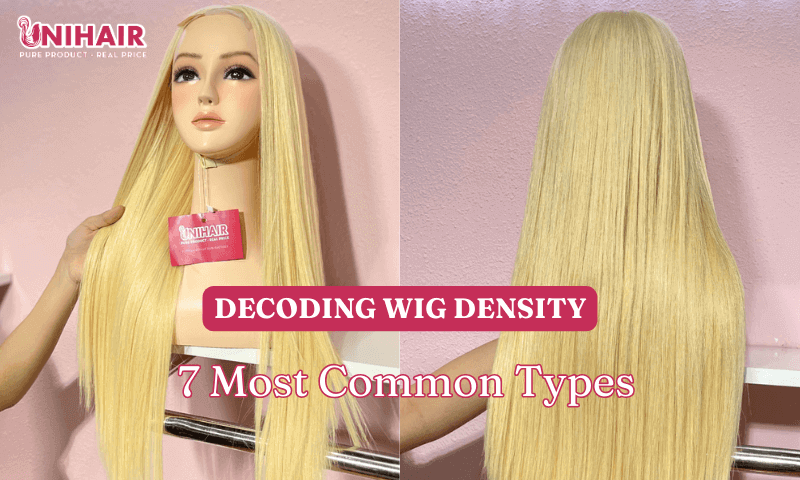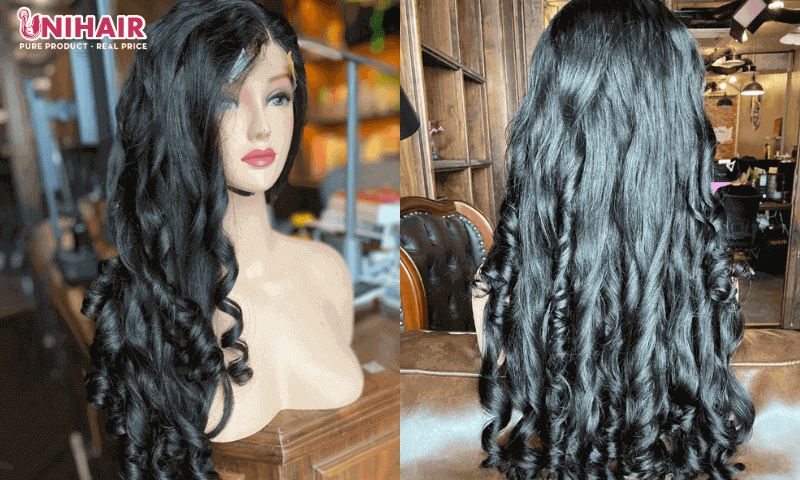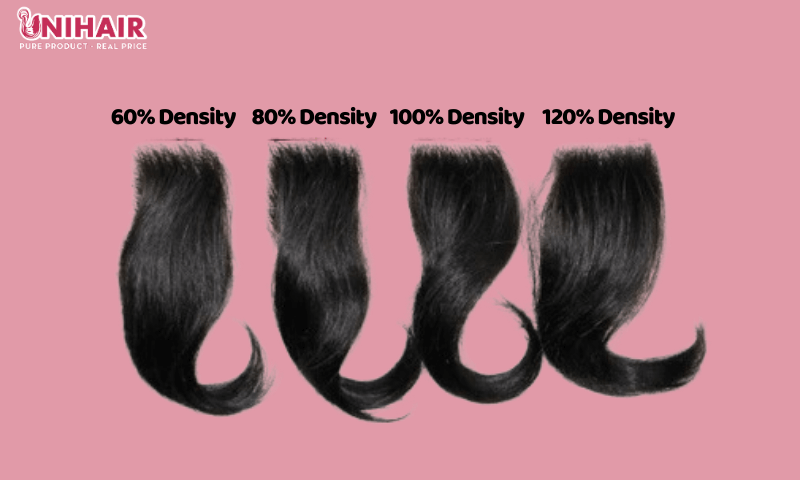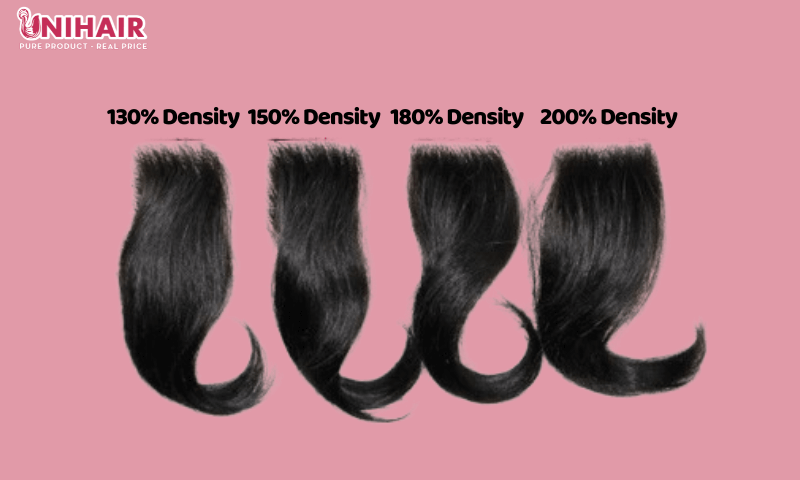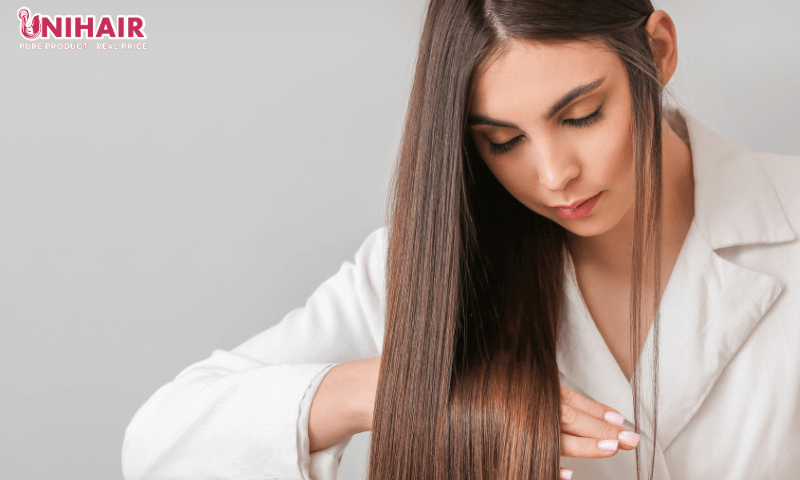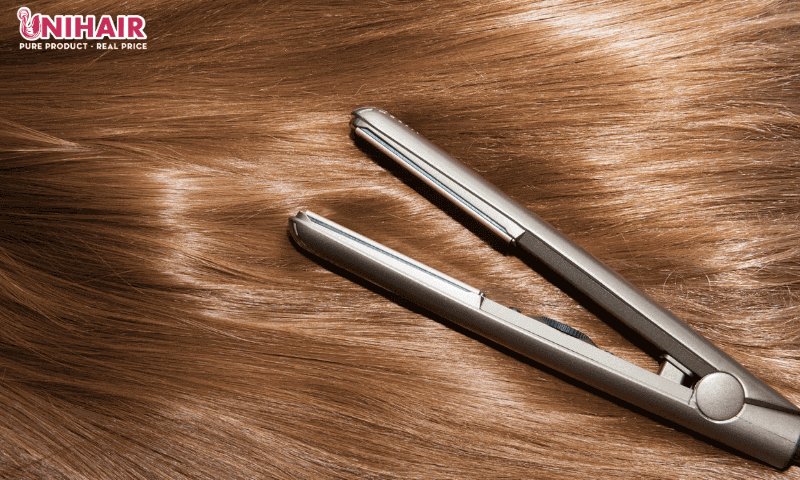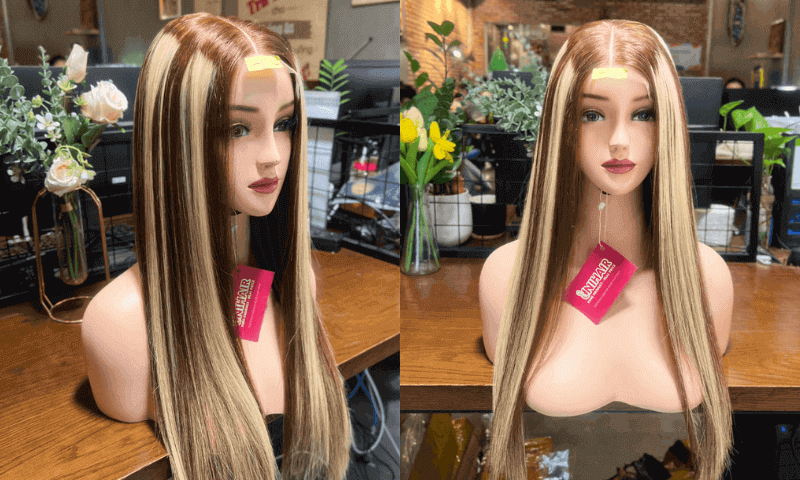Decoding Wig Density: 7 Most Common Types
Welcome to “Decoding Wig Density: 7 Most Common Types.” Whether you’re a wig aficionado or a newcomer, this post is your guide to understanding and choosing the right wig density for a flawless, natural appearance. With seven crucial tips, we’ll empower you to make informed decisions and transform your hairstyle. Let’s dive into the world of wig density and elevate your look!
What Is Wig Density?
“What does density mean in wigs?” Wig density refers to the amount of hair fibers present on a wig cap, determining how thick or thin the wig appears. It is typically measured in terms of strands per square inch (PPI).
Importance Of Wig Density In Achieving A Natural Look
The importance of wig density in achieving a natural look cannot be overstated. Wig density refers to the amount of hair fibers on the wig cap, and selecting the right density is key to creating a hairstyle that seamlessly blends with your own hair or desired aesthetic.
The goal is to strike a balance: too little density may result in a wig appearing sparse and unnatural, while excessive density can make the wig look overly full and heavy. Achieving a natural look involves choosing a wig density that aligns with your preferences and complements your face shape.
Low-density wigs offer a light and airy feel, mimicking the look of natural, fine hair. They are ideal for those who prefer a subtle, casual appearance. On the other hand, medium-density wigs strike a versatile balance, suitable for various occasions and styles. High-density wigs, with their abundance of hair fibers, deliver a full and glamorous look, perfect for those aiming for maximum volume and impact.
Understanding the importance of wig density involves recognizing how it contributes to the overall authenticity of your hairstyle. Whether you’re aiming for an everyday look or a special occasion glam, choosing the right wig density is a crucial step in achieving a natural and effortlessly beautiful appearance.
See more: The Ultimate Guide For Grades Of Hair
7 Types Of Wig Density
Wig density isn’t just about thickness—it’s a personalized choice that can significantly impact the overall aesthetics of your wig. From low-density styles offering a light and natural feel to high-density options for a full, glamorous look, we’re here to guide you through the decision-making process to choose the best density for wigs. There are 7 types of wig density:
Extra-Light Density Wigs (60 Density)
Extra-light density wigs, boasting a density of 60, cater to those desiring an incredibly natural and weightless feel. With a sparse arrangement of hair strands, these wigs replicate the appearance of fine, thin natural hair. Perfect for individuals seeking a subtle and discreet aesthetic, 60-density wigs provide a delicate enhancement that closely mirrors the texture of natural hair without added weight.
Low Density Wigs (80 Density)
Low-density wigs, featuring 80 density, offer a harmonious balance between a natural look and comfort. With a moderate reduction in hair strands per square inch compared to average wigs, these options provide a soft and breathable feel. Ideal for daily wear, low-density wigs offer versatility and ease of styling while maintaining a realistic appearance without excessive thickness.
Medium Density Wigs (100 – 120 Density)
Medium-density wigs, at 100 density, are the go-to choice for everyday versatility. Striking a perfect balance between thickness and manageability, these wigs cater to various hair textures and styling preferences. With a moderate number of hair strands, medium-density wigs provide a natural and fuller look suitable for a wide range of occasions.
High Density Wigs (130 Density)
High-density wigs, boasting 130 density, exude glamour and opulence. These wigs present a lush and voluminous appearance, making them ideal for those who wish to make a bold fashion statement. Often chosen for special events, high-density wigs provide a dramatic and striking hairstyle, ensuring wearers stand out. Due to the abundance of hair, they may require additional care for maintenance.
Very High Density Wigs (150 Density)
Very high-density wigs, take fullness to an elevated level. What does 150 density wig mean? Featuring an exceptionally high concentration of hair strands, these wigs are perfect for creating extravagant and larger-than-life hairstyles. Popular in theater, film, and high-fashion, very high-density wigs are suitable for those seeking a dramatic and attention-grabbing look.
Ultra-High Density Wigs (180 Density)
What does 180 density wig mean? Ultra-high density wigs, starting at 180 density, offer an extreme fullness. With an exceptionally high concentration of hair strands, these wigs are ideal for creating lavish and impactful hairstyles. Whether for a grand event or a bold personal style, ultra-high density wigs provide an attention-grabbing and luxurious appearance.
Super-Dense Wigs (200 Density)
Super-dense wigs, featuring 200 density, represent the pinnacle of fullness. With an abundance of hair strands, these wigs offer an exceptionally voluminous and luxurious look. Perfect for those who desire an extravagant and statement-making hairstyle, super-dense wigs provide a bold and eye-catching appearance that demands attention.
See more: How To Put On A Wig With Long Hair? 6 Reliable Steps
Tips For Choosing The Right Wig Density
Consider Your Natural Hair Density
When selecting the right wig density, take cues from your natural hair. If you have fine or thin hair, opt for a lower-density wig (60-80) for a seamless and realistic blend. For those with thicker hair, medium to high density (100-150) wigs may provide a fuller appearance that matches your natural texture.
Lifestyle And Comfort Matter
Factor in your lifestyle and comfort preferences. For everyday wear, a medium-density wig strikes a balance between natural thickness and manageability. However, if you’re looking for a wig for special occasions or events, a higher density can add a touch of glamour while ensuring you stand out.
Consider Your Styling Preferences
Your preferred hairstyle and the level of styling you plan to do should influence your wig density choice. Low-density wigs are more versatile for various styling options, while higher-density wigs are better suited for maintaining a specific, voluminous look.
Face Shape And Personal Style
Take into account your face shape and personal style when choosing wig density. Higher-density wigs (130 and above) can enhance certain face shapes and add drama, while lower-density wigs (60-80) provide a softer, more subtle look. Your personal style and the statement you want to make should guide your decision.
Customization And Professional Advice
Consider opting for customizable or variable-density wigs to tailor the density to your liking. Additionally, seek professional advice, either from wig specialists or hairstylists, who can guide you based on your individual preferences, face shape, and lifestyle. Their expertise can help ensure you choose the right wig density for a natural and comfortable fit.
Conclusion
In conclusion, measuring wig density involves a combination of tactile and visual assessments, considering factors such as personal style, lifestyle, and natural hair texture. Whether you rely on your fingers, inspect the wig visually, check manufacturer specifications, count wefts, or seek professional advice, the aim is to find a density that aligns with your preferences. Keep in mind that wig density is subjective, so take the time to understand your unique needs to confidently choose a wig that complements your style and offers a comfortable, natural fit.
